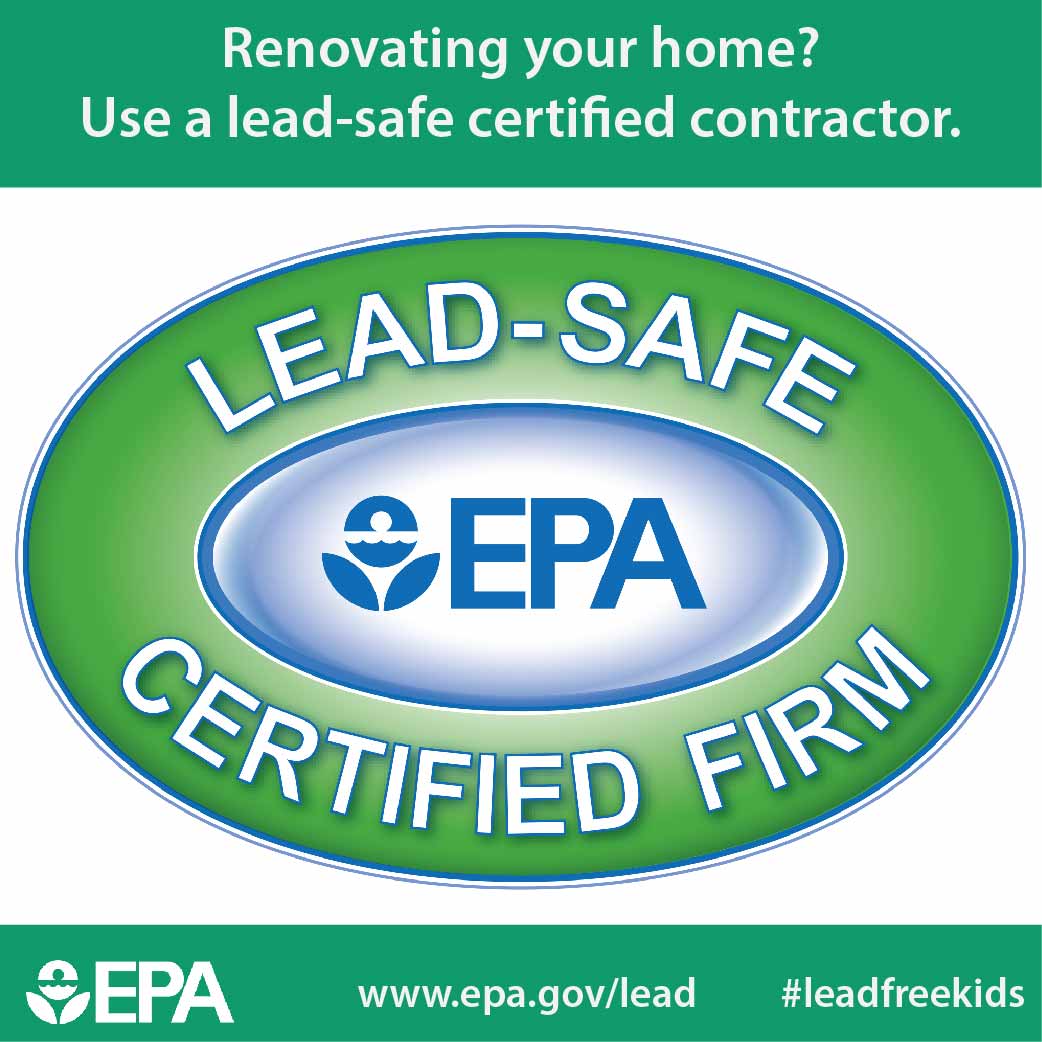Discover The Ways In Which Seasonal Aspects Can Affect The Success Of Business External Painting And Determine The Very Best Times To Accomplish Lasting Outcomes For Your Project
Discover The Ways In Which Seasonal Aspects Can Affect The Success Of Business External Painting And Determine The Very Best Times To Accomplish Lasting Outcomes For Your Project
Blog Article
Material Author-Korsholm Chaney
When you're planning a business outside paint task, seasonal factors can make or damage your results. You'll intend to take into consideration exactly how temperature level and moisture influence paint application and drying out times. Choosing the ideal period can ensure your paint sticks effectively and lasts longer. But which seasons are truly the best for this type of work? Let's discover the key elements that can influence your job's success.
The Influence of Temperature Level on Paint Application
When you're intending a business exterior painting project, the temperature level can dramatically influence exactly how well the paint sticks and dries.
Ideally, you want to repaint when temperatures vary between 50 ° F and 85 ° F. If it's as well cool, the paint might not heal effectively, resulting in problems like peeling or breaking.
On the flip side, if it's also warm, the paint can dry out as well quickly, protecting against correct adhesion and leading to an uneven surface.
You should also consider the moment of day; early morning or late afternoon uses cooler temperature levels, which can be much more favorable.
Constantly inspect the manufacturer's suggestions for the details paint you're utilizing, as they typically provide guidance on the optimal temperature level variety for optimum results.
Moisture and Its Effect on Drying Times
Temperature level isn't the only environmental aspect that affects your business external painting task; moisture plays a considerable role as well. High moisture levels can reduce drying out times significantly, impacting the general high quality of your paint work.
When the air is saturated with dampness, the paint takes longer to heal, which can bring about problems like poor bond and a higher danger of mildew growth. If you're repainting on a specifically moist day, be planned for extended wait times between coats.
It's critical to keep an eye on neighborhood weather and strategy accordingly. Preferably, go for moisture levels in between 40% and 70% for ideal drying.
Keeping interior painting contractor in mind ensures your project stays on track and supplies a long lasting surface.
Best Seasons for Commercial Outside Painting Projects
What's the most effective season for your business outside painting jobs?
Spring and early autumn are generally your best options. During these seasons, temperatures are moderate, and moisture levels are commonly reduced, developing optimal problems for paint application and drying out.
Stay clear of summertime's intense heat, which can trigger paint to completely dry too quickly, bring about inadequate adhesion and coating. Similarly, wintertime's cool temperature levels can hinder appropriate drying out and healing, taking the chance of the durability of your paint job.
Aim for days with temperatures in between 50 ° F and 85 ° F for optimum outcomes. Remember to examine the neighborhood weather prediction for rain, as damp conditions can destroy your job.
Preparation around these aspects guarantees your paint task runs efficiently and lasts longer.
Conclusion
Finally, intending your business external paint projects around seasonal considerations can make a substantial distinction in the end result. By organizing work throughout the optimal temperature levels and moisture levels, you'll guarantee better bond and drying times. https://www.bobvila.com/articles/best-paint-for-brick-fireplace/ in mind to watch on regional weather forecasts and pick the right time of year-- spring and very early fall are your best bets. Taking these steps will certainly help you attain a sturdy and expert coating that lasts.
